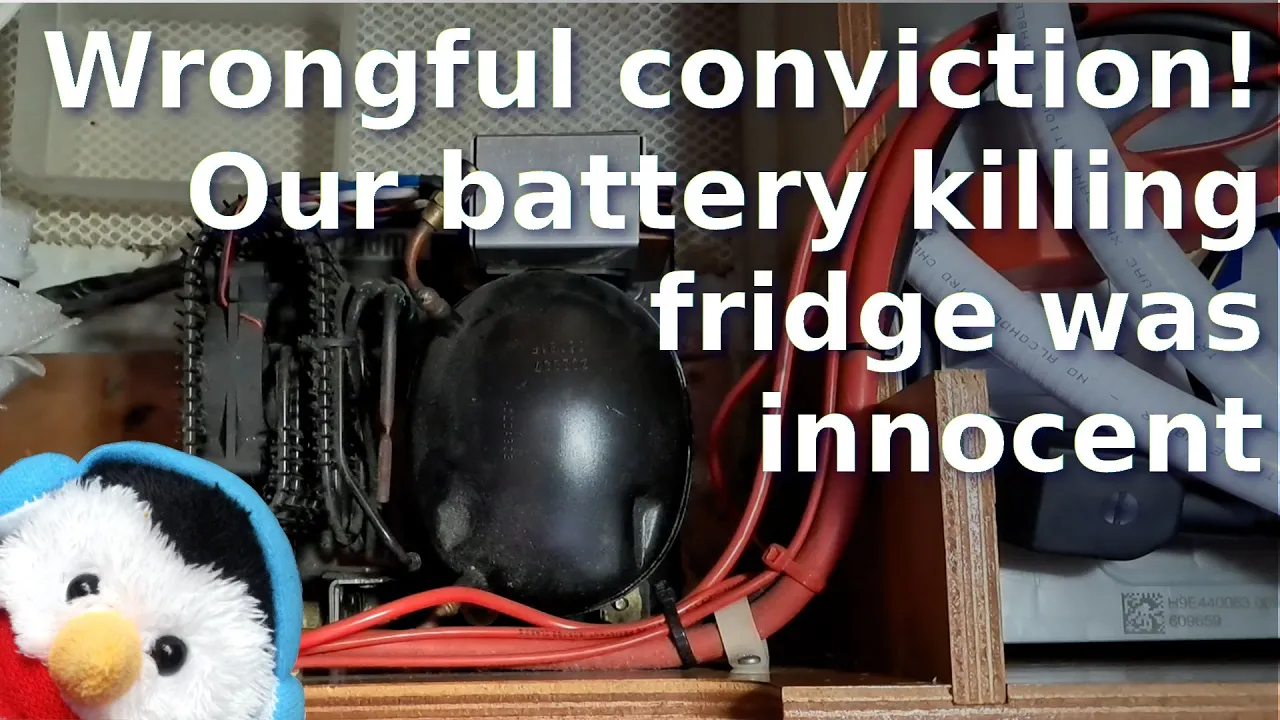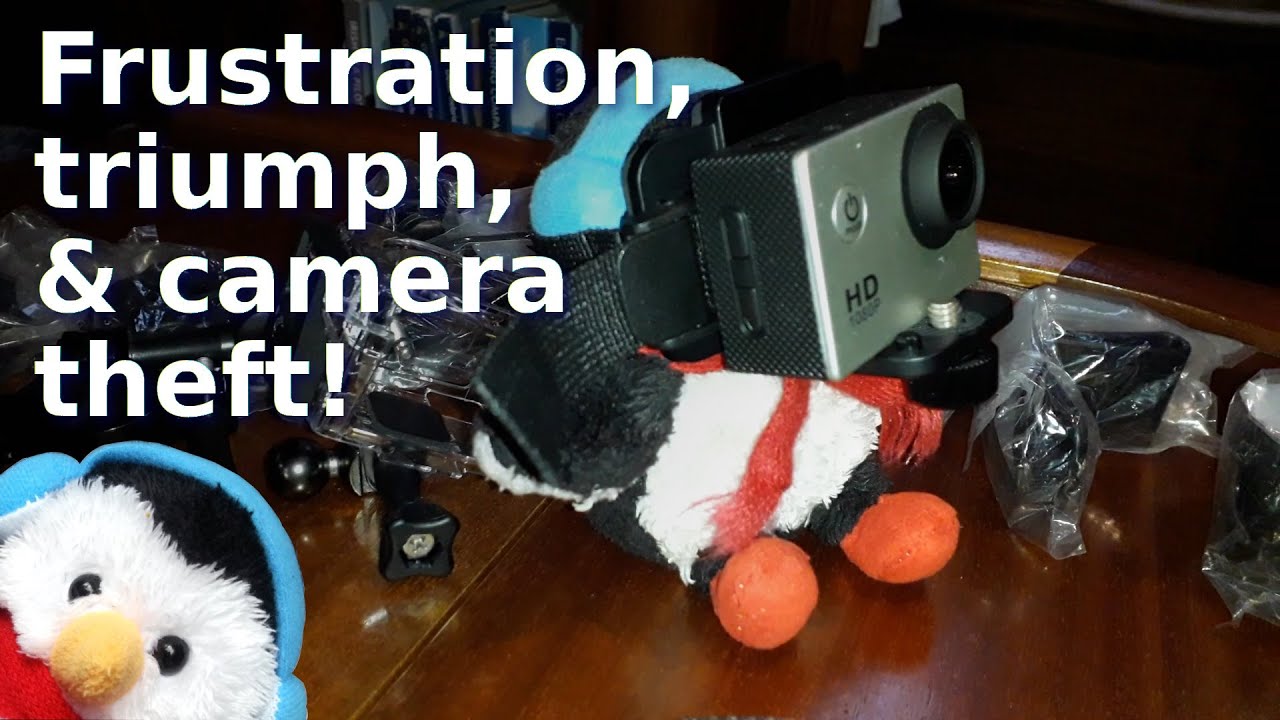Our sockets were ready and we had run our cable through the yacht so now it was time to wire up the AC on our boat. We had a few hiccups along the way, like I broke another pair of glasses, but we shared our victories, our setbacks and our muddled thinking as we went.
Two months ago we had run AC cabling through the yacht on the port side of Salty Lass, we had the three sockets from last week, so now it was time to put it all together. Beverley installed the socket in the kitchen, while I installed a socket in the V-Berth and another in the main saloon. That was the job for the first day, which meant that the next day, we were in test mode.
Testing equipment
- 9 V Battery
- Multimeter
- One plug wired up with the the ends of the cable bare. Add crocodile clips to the bare ends so that you can attach this to a 9v battery.
- One plug that has the back removed so that you can stick your multimeter in at the appropriate points
- Rubber gloves
Test 1
Testing the testing equipment. This test is just making sure that the plug is wired up correctly. We found that our fuse was gone, so a worthwhile test. Our first bit of muddled thinking came up here because Beverley was trying the wrong pin for the continuity test. So mark the pins on your plug, to avoid this issue
Test 2
Using the test equipment test the circuit, by having the 9V battery attached to two of the wires in the circuit. At the other end use the multimeter to find the polarity of the battery. If you have wired everything correctly then you should be able to determine which wire is attached to the positive terminal and which is the negative.
Attach the wring to the rest of the circuits
Once you have tested all your wiring then it is time to attach it to the main circuit
Test 3
With the AC circuit off repeat test 2 but across the whole circuit. With this we did run into an issue, but that was only because the socket we were using had the neutral pin on the right hand side. As AC is alternating current then technically it doesn't matter, if live and neutral are swapped, but it did give us a turn
Test 4
Turn on the circuit with no load
Test 5
Use the multimeter to check the voltages in the circuit and wear the rubber gloves to protect yourself
Test 6
Add load to the circuit, use a small load to start before adding more load
Tips of wiring
- Go slow and steady, Its all really simple, but if you go slow and steady you will get it right
- On thick insulation just score the insulation and bend the cable so that you don't nick the inside insulation
- Use the appropriate tools, like wire strippers, wire cutters and a combination of screwdrivers. Having the right tools to hand just makes your life easier.
Distribution of power
Although we perceive of no issues, we have moved our electrical fan to the chart table socket so that we only have one heating device on the new wiring. This should not be necessary, but is just an added precaution, so that no cable is overloaded













